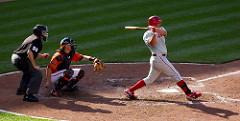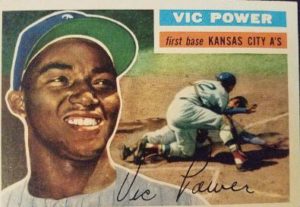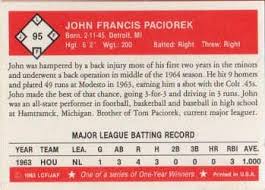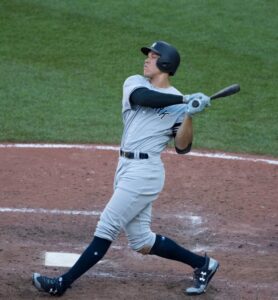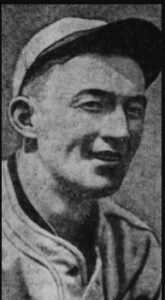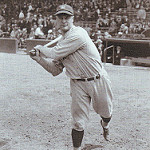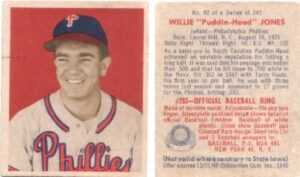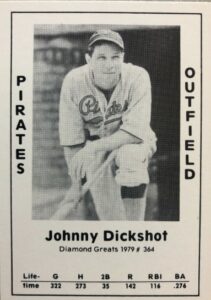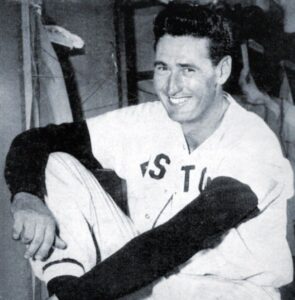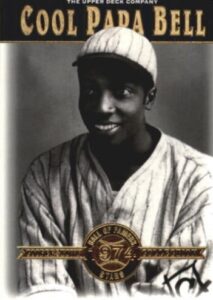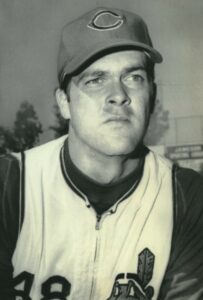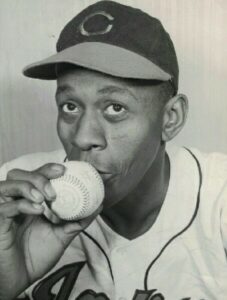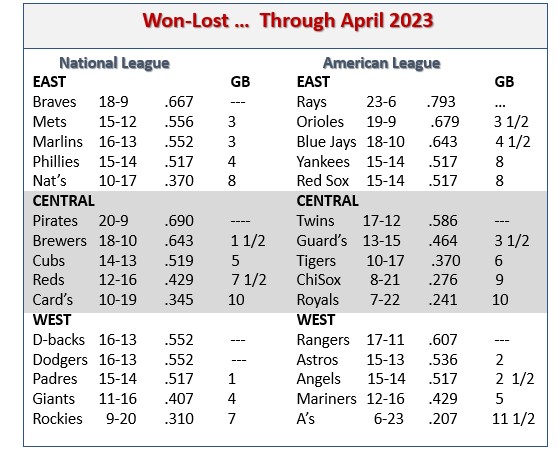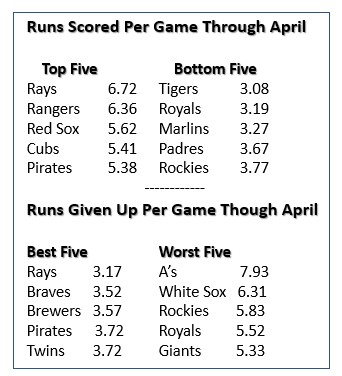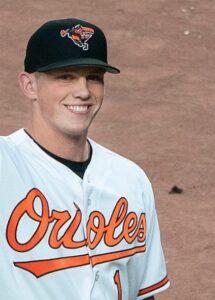On this date (May 27) in 1974, MLB saw something we’re not likely to see again. It involved a series of currently somewhat rare occurrences: a doubleheader, a complete-game shutout, a pitcher in the starting offensive lineup and a pitcher tripling as a pinch hitter (driving in the tying runs and scoring the go-ahead run). Now, any of these remain possibilities, but it seems unlikely we’d see them all in the same ballpark on the same day.
 On May 27, 1974, the Pirates faced off against the Padres in a doubleheader (in Pittsburgh). Starting on the mound in Game One, with a 4-3, 3.52 record, was southpaw Ken Brett. Brett went the distance, throwing a two-hit, no-walk, four-strikeout shutout – as the Pirates won 6-0. Brett also contributed an eighth-inning, RBI single, raising his batting average on the season to .409 (9-for-22, with two homers and six RBI). But, he wasn’t done yet.
On May 27, 1974, the Pirates faced off against the Padres in a doubleheader (in Pittsburgh). Starting on the mound in Game One, with a 4-3, 3.52 record, was southpaw Ken Brett. Brett went the distance, throwing a two-hit, no-walk, four-strikeout shutout – as the Pirates won 6-0. Brett also contributed an eighth-inning, RBI single, raising his batting average on the season to .409 (9-for-22, with two homers and six RBI). But, he wasn’t done yet.
In Game Two, with the Pirates trailing 3-1 in the bottom of the seventh – and runners on first and third with no outs – Pirates’ Manager Danny Murtaugh looked to his bench for a pinch hitter. His choice? First Game starting pitcher Ken Brett, who laced a triple to left center, scoring both runners and tying the game. Brett then scored the go-ahead run on a double by PH Al Oliver. (The Pirates eventually won 8-7.) Quite a day for Hall of Famer George Brett’s big brother. For those who like to know such things, Brett pinch hit for number-eight batter SS Frank Taveras, batting .270 at the time.
The day was part of Ken Brett’s only All Star season (in a 14-season MLB career). In 1974, Brett went 13-9, 3.30,with ten complete games and three shutouts in 27 starts. At the plate, he hit .310 (27-for-80), with four doubles, a triple, two homers and 15 RBI. Brett got at least one base hit in 17 of the 27 games he started on the mound – including six multi-hit games. He was used 16 times as a pinch hitter, collecting three hits and a walk.
Ken Brett was the winning pitcher in the 1974 All Star game giving up one hit and walk over two innings of work – as the NL won 7-2.
Ken Brett was selected by the Boston Red Sox in the first round (fourth overall) of the 1966 MLB Draft – after a high school career in which he pitched and played outfield – going 33-3 on the mound and hitting .484. (Society for American Baseball Research Ken Brett Bio, by Jonathan Arnold.)
He made his MLB debut in late September of 1967, as a 19-year-old, in his second professional season. (He had gone 14-11, 1.95 at Double-A and Single-A.) The young left-handed fireballer actually pitched in two games of the 1967 World Series (1 1/3 innings, no hits, one walk, one whiff). Then things took a turn to the left.
Shortly after the 19678 World Series, Brett began a six-month stint in the U.S. Army. After being discharged, he apparently returned to the mound too quickly and suffered elbow issues that would follow him throughout his career.
He pitched in 14 MLB seasons (1967, 1969-81) and for ten different teams (Red Sox, Royals, Pirates, Angels, White Sox, Twins, Phillies, Dodgers, Yankees, Brewers). He went 83-85, 3.93 in 340 games (184 starts/51 complete games). Brett won ten or more games in five seasons, a carer-high 13 in 1973, 1974 and 1977. He earned a reputation as one of MLB’s best-hitting pitchers, putting up a career average of .262 (91-for-347), with ten home runs and 44 RBI.
In 1973, Ken Brett set a still-standing MLB record for pitchers, homering in four consecutive games played (between June 16 and June 23). In the streak, he hit .308 (4-for-13), with four homers and five RBI. He also got the victory in all four games, throwing three complete games, with a 2.88 ERA. In the only game he didn’t finish he went 7 1/3 innings.
Primary Resources: Baseball-Reference.com; Baseball-Almanac,com.
Baseball Roundtable – Blogging Baseball Since 2012.

 Baseball Roundtable is on the Feedspot list of the Top 100 Baseball Blogs. To see the full list, click here.
Baseball Roundtable is on the Feedspot list of the Top 100 Baseball Blogs. To see the full list, click here.
Baseball Roundtable is also on the Anytime Baseball Supply Top 66 Baseball Sites list. For the full list, click here.
I tweet (on X) baseball @DavidBaseballRT
Follow Baseball Roundtable’s Facebook Page here. Find More baseball commentary; blog post notifications.
Member: Society for American Baseball Research (SABR); Negro Leagues Baseball Museum; The Baseball Reliquary.
